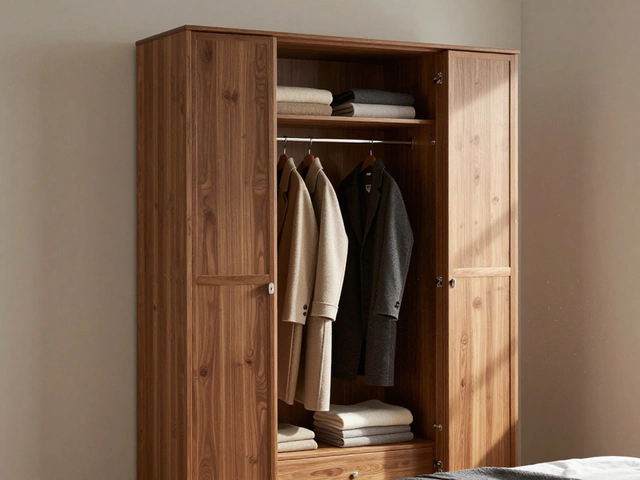Outdoor Furniture Cost: What to Expect and How to Save
Buying outdoor furniture can feel like a guessing game. One piece might be cheap, another pricey, and you wonder why. In this guide we break down the real cost drivers, show you the price range for common items, and give simple tricks to stretch your budget without ending up with flimsy furniture.
What Drives Outdoor Furniture Prices
The first thing to know is that material matters most. Metal frames, especially powder‑coated steel or aluminum, tend to cost more than basic plastic. Wood looks great but can be pricey if it’s hardwood like teak; soft woods and engineered options sit in the middle. Then there’s the fabric: UV‑resistant solution‑dye fabrics protect against sun fading and are usually pricier than standard polyester.
Size and design add up too. A compact two‑seat set will cost far less than a large L‑shaped sectional with built‑in storage. Extras such as cushions, removable covers, and reclining mechanisms increase the price linearly. Finally, brand reputation and warranty coverage affect the sticker. Well‑known manufacturers often charge a premium because they back their products with longer guarantees.
Typical Price Ranges
Here’s a quick snapshot of what you’ll find in the UK market:
- Basic metal or resin chairs: £40‑£120 each.
- Mid‑range wooden benches: £150‑£350 per piece.
- Full patio sets (table + 4‑5 chairs): £300‑£900 depending on material.
- Outdoor sofas or sectional units: £600‑£2,000.
- Premium teak or designer pieces: £1,200‑£4,000.
These figures are averages; sales, clearance events, and local retailers can push them lower or higher. Knowing the range helps you spot a good deal when it pops up.
Saving Money Without Cutting Quality
Don’t assume cheaper means poor. Look for fabrics with a high UV rating (usually 300+) – they last longer and save you replacement costs. Buying a set in a neutral colour gives you flexibility to add accent cushions later, which is cheaper than swapping the whole set.
Timing is key. End‑of‑summer sales move inventory to make room for indoor furniture, so prices drop 20‑30 %. Online marketplaces often list overstock at reduced rates, but check the seller’s return policy. If you have space, consider buying a slightly larger piece and using a protective cover to keep it in good shape year‑round.
Another tip: DIY assembly can shave $30‑$50 off the price. Most outdoor furniture comes flat‑packed; all you need is a screwdriver and a little patience. If you’re not comfortable, ask a friend – it’s faster than waiting for a delivery crew.
Finally, think about maintenance. A simple annual wash and a fresh coat of oil on wooden frames keeps them looking new and prevents costly repairs. Investing a little time now saves you from having to replace the entire set after a few seasons.
Bottom line: understand what you’re paying for, compare price ranges, and shop smart around sales. With a clear picture of material, size, and warranty, you can choose outdoor furniture that fits your budget and lasts for years.
Is Expensive Outdoor Furniture Worth the Money? A Practical Guide
Find out if splurging on premium outdoor furniture pays off. Compare materials, durability, maintenance, and lifestyle fit in a no‑fluff guide.







